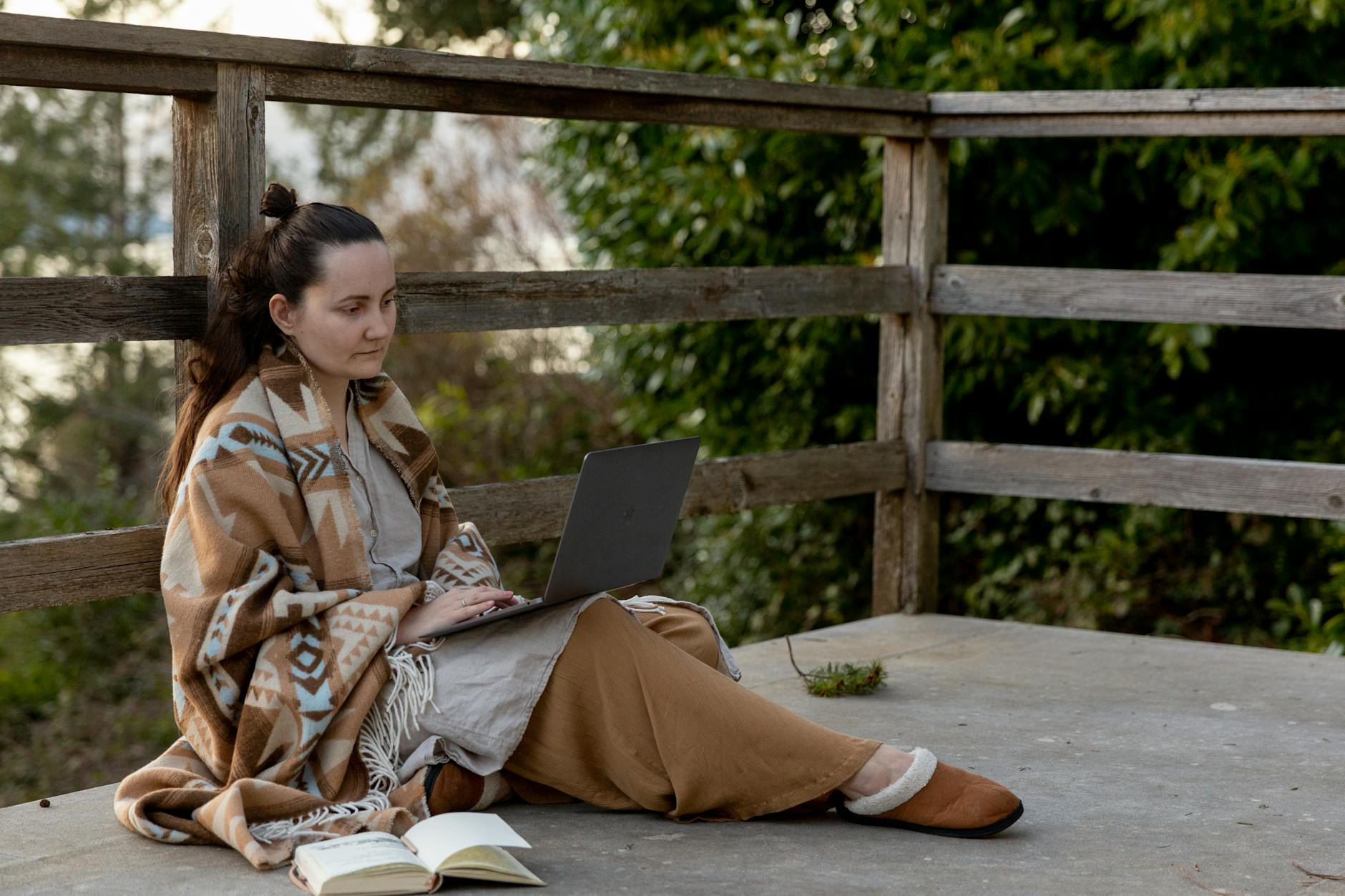What Makes Kids' Clothing Sustainable in Australia?

Key Materials for Sustainability
Choosing sustainable fabrics is a significant step towards reducing fashion's environmental footprint. One compelling option is organic cotton, devoid of harmful pesticides and synthetic fertilisers, making it kinder to the earth and your skin. It is especially beneficial for making women's underwear due to its breathability and comfort. Additionally, bamboo fibre stands out for its rapid growth and low water needs, providing an eco-friendly alternative for womens lingerie and other clothing items.
Recycled materials also play a crucial role in sustainable fashion. Fabrics like recycled polyester, often sourced from plastic bottles, help reduce waste. This is particularly useful for developing kids pyjamas, ensuring comfort while relying on recycled sources to lessen environmental impact.
Exploring biodegradable options, hemp is emerging as an environmentally conscious choice. Its fast growth and minimal need for chemical interventions make it ideal for a variety of clothing items.
Adopting sustainable fabric choices reflects a shift towards mindful consumption akin to the eco-friendly initiatives seen around South Bank Parklands here in Brisbane. Besides being environmentally sound, these materials offer durability, aligning with the sustainability-conscious ethos we value. As we consider these options, we embrace a future where fashion choices support ecological balance, foster healthier ecosystems, and ultimately empower individuals to make informed, sustainable decisions.
Production and Manufacturing Practices
Eco-Friendly Manufacturing Methods
As a sustainability-focused urban planner, I often consider how eco-friendly innovations illuminate places like the eco-friendly installations at Howard Smith Wharves. In the realm of sustainable clothing, leveraging eco-friendly manufacturing methods is crucial. Techniques such as low-impact dyeing processes and the use of renewable energy sources can significantly reduce the environmental footprint of production. These practices are the backbone of sustainability, as they minimize waste and decrease pollution.
Ethical Labor Practices
Ethical labor practices are another essential pillar. Ensuring fair wages, safe working conditions, and respect for workers' rights should be non-negotiable in the production of children's clothing. Ethical labour not only upholds human dignity but also enhances the reputation of brands committed to sustainability. When considering options like a baby jumper, it's comforting to know its crafting process was genteel.
Water and Energy Conservation
Water and energy conservation are integral to sustainable production. Techniques such as waterless dyeing and harnessing solar or wind power in manufacturing can make a clothing line more sustainable. For instance, opting for track pants women made with these methods reflects a conscientious choice that echoes sustainability tips learned from inspiring events. As we tread through our days, much like our walks in South Bank Parklands, it's empowering to know that our choices make a difference.
Certifications to Look For
Recognised Australian Certifications
In Brisbane's vibrant sustainability scene, many people seek clarity on what makes clothing truly sustainable. When searching for eco-friendly children's and women's fashion, keep an eye out for prominent Australian certifications like the Australian Certified Organic (ACO) and Good Environmental Choice Australia (GECA). These endorsements assure you that items, whether they're boys clothes or pants for women, have met strict environmental and ethical criteria.
Global Dress Standards
Global standards also play a crucial role in certifying sustainable clothing. Look for the Global Organic Textile Standard (GOTS) and the OEKO-TEX Standard 100, renowned for their rigorous testing across international markets. These certifications confirm that clothing items are produced following strict environmental and social criteria, ensuring safety and sustainability.
Labels That Matter
When exploring shops near the eco-friendly installations at Howard Smith Wharves, understanding labels becomes pivotal. Labels marked with the Fair Wear Foundation or the Bluesign certification indicate that sustainability and ethical practices are prioritised from production to the final product. These labels provide confidence that you’re making informed, sustainable choices.
Being aware of these certifications not only ensures quality clothing but also supports the broader community's commitment to a sustainable future. With each mindful purchase, we're empowering a collective shift towards more sustainable living.
Longevity and Durability
Designing for Growth
When considering clothing for little ones, adaptability is key. Sustainable baby clothes Australia often incorporate adjustable features such as expandable waistbands and cuffs which cater to the rapid physical changes babies undergo. These elements mean clothing can adapt as your child grows, potentially reducing the need for frequent replacements and aligning with sustainable practices. As a sustainability-focused urban planner, I've seen similar principles applied in city planning where modular components allow for urban spaces to evolve over time.
Wear and Tear Resistance
Materials play a pivotal role in durability, and what you'll find with quality baby girl dresses is the use of reinforced stitching and resilient fabrics that are designed to withstand the typical wear and tear of active play. Much like the eco-friendly installations at Howard Smith Wharves, these clothes combine robust craftsmanship with sustainable materials to ensure they last longer, minimizing waste and annual consumption.
Repair and Reuse Strategies
Creating a more sustainable future for kids' fashion also involves advocating for repair and reuse strategies. Simple practices such as patchwork, sewing on missing buttons, or even passing clothes to younger siblings after a bit of refurbishing are effective ways to extend the life of garments. Think of it like the concept of "adaptive reuse" in urban planning, where older structures are given new purpose. This method not only instills a sustainable mindset but also preserves resources and reduces environmental footprints.
Obstacle in Eco-Friendly Kids' Fashion
Greenwashing Awareness
Greenwashing, unfortunately, is a barrier we frequently encounter in promoting sustainability. In Brisbane, being aware of deceptive practices is crucial as companies may claim to use sustainable materials without genuine commitment. This lack of transparency can be deceptive, so ensuring that brands engage in comprehensive disclosures is necessary. Keep an eye on certifications; labels like OEKO-TEX and GOTS are key indicators of authenticity worth considering.
Striking a Balance Between Cost and Quality
Quality sustainable clothing, especially for kids, can often come with a hefty price tag. However, as we frequent places like the South Bank Parklands, we see examples of quality against affordability. Opt for brands that offer long-lasting products, which, though initially more expensive, provide better value over time. Watching for sales and choosing timeless pieces can lessen financial burdens while maintaining environmental integrity.
Tackling Constraint of Choices
Lastly, options for truly eco-conscious kids' clothing can seem limited. Yet, exploring local markets, like pop-ups at Roma Street Parkland, can reveal hidden gems. Supporting small businesses that might not yet have made headlines can be rewarding and align with our values. I encourage getting involved in community groups supporting sustainable practices or participating in clothing swaps, reducing demand for new production.
By implementing these sustainability tips, we can foster a more eco-conscious wardrobe selection for our little ones, inspired by efforts seen in Brisbane's eco-friendly installations at Howard Smith Wharves.


